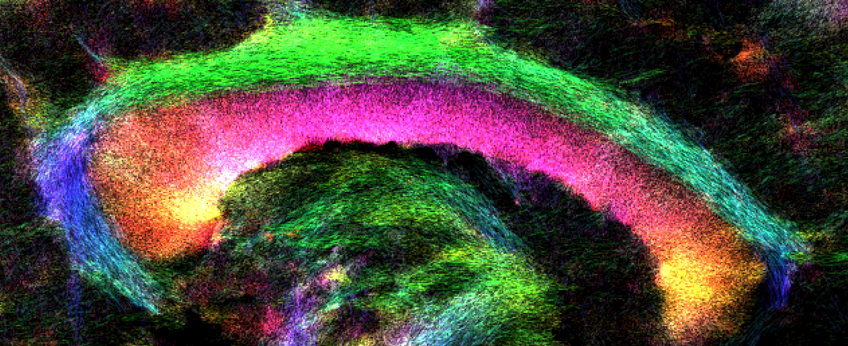
Department of Neurophysics
Our vision is to develop and apply functional microstructure imaging and in-vivo histology using magnetic resonance imaging (MRI) as novel non-invasive MRI methods to reliably characterize the detailed functional and anatomical microstructure of the human brain.
Understanding the normal and diseased human brain crucially depends on reliable knowledge of its anatomical microstructure and functional micro-organization. Even subtle changes at the microscopic level can cause debilitating diseases. To date, microstructure can only be determined using invasive methods, such as post-mortem histology. This limits neuroscience, clinical research and diagnosis.
To resolve the subtle microstructure and its changes in health and disease, unprecedented spatial resolution, minimal artifact levels and high tissue specificity of the imaging are essential. To address these extraordinary methodological challenges, we pursue an interdisciplinary approach, developing novel MRI and functional MRI (fMRI) acquisition methods, image processing methods and integrated biophysical models. The developed methods are compared to ex-vivo histology and validated and applied to well-characterized neuronal systems (e.g. visual cortex), focusing on the relationship between functional and structural micro-organization in vivo.
Our developments and applications capitalize on the latest imaging platforms available at the MPI-CBS, including a 7T and a 3T Connectom MRI scanner that is equipped with a 300mT/m high performance gradient system.
The successful development of in-vivo histology using MRI (hMRI) and fMRI of the micro-organization will have significant impact on research and clinical applications. Investigations of the structure-function relationship and plasticity at the microstructural level would become feasible in humans. This will allow for an improved understanding of how brain structure determines function and functional demands affect structure. Microstructure imaging is expected to provide sensitive biomarkers of nervous system changes due to trauma or neurodegeneration, and to facilitate novel insights into underlying mechanisms.
We believe that MRI-based in-vivo histology and functional microstructure imaging have the potential to transform our understanding of the human brain in health and disease.